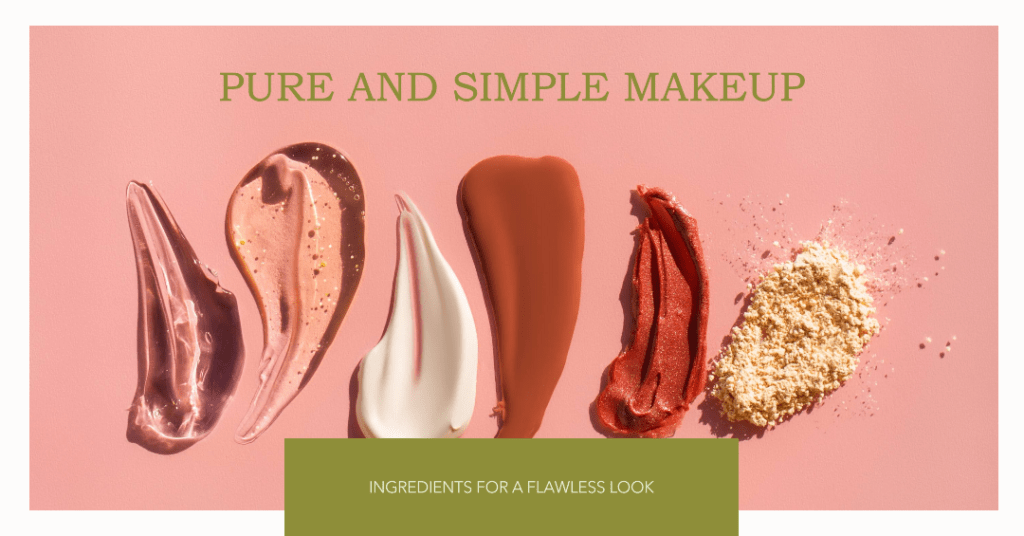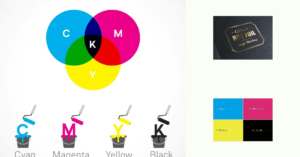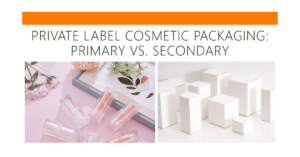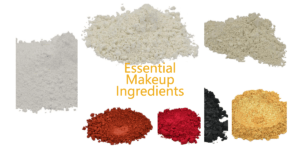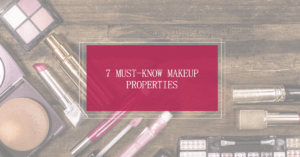When you apply makeup, do you ever ponder what ingredients are actually touching your skin? While the vibrant colors and pleasing textures catch your eye, the real question is: what’s in that tube or compact? Understanding makeup ingredients is crucial for anyone who values their skin health and overall well-being.
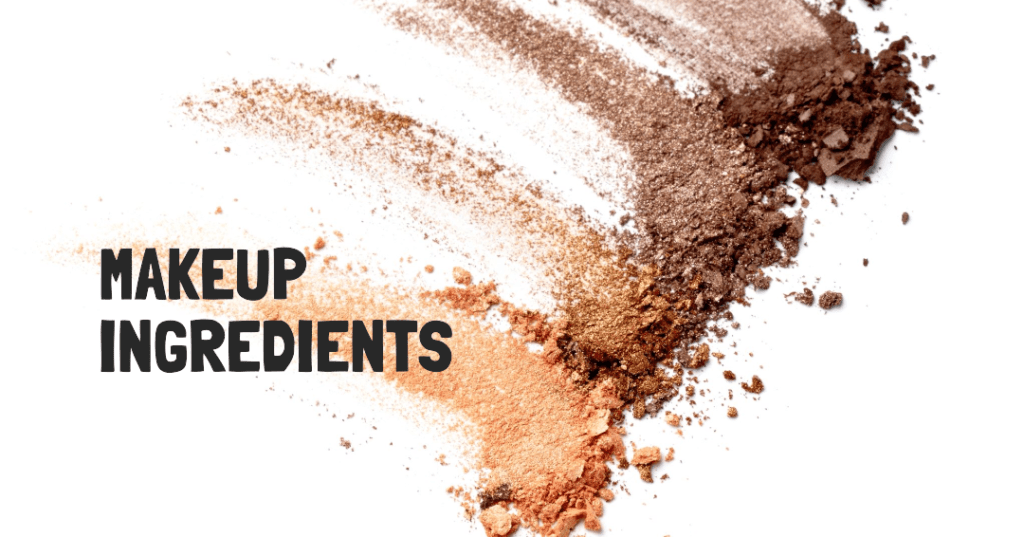
Table of Contents
The Top 8 Most Common Makeup Ingredients
Knowing the components of your makeup can help you choose products better suited to your skin type, address skin issues, and avoid potential allergens. Plus, it demystifies those often hard-to-pronounce names on cosmetic labels.
Makeup Ingredients No.1: Water
Water is typically the first ingredient listed on cosmetic labels. It’s a versatile solvent that dissolves other ingredients, making products easier to apply and ensuring they spread evenly on your skin.
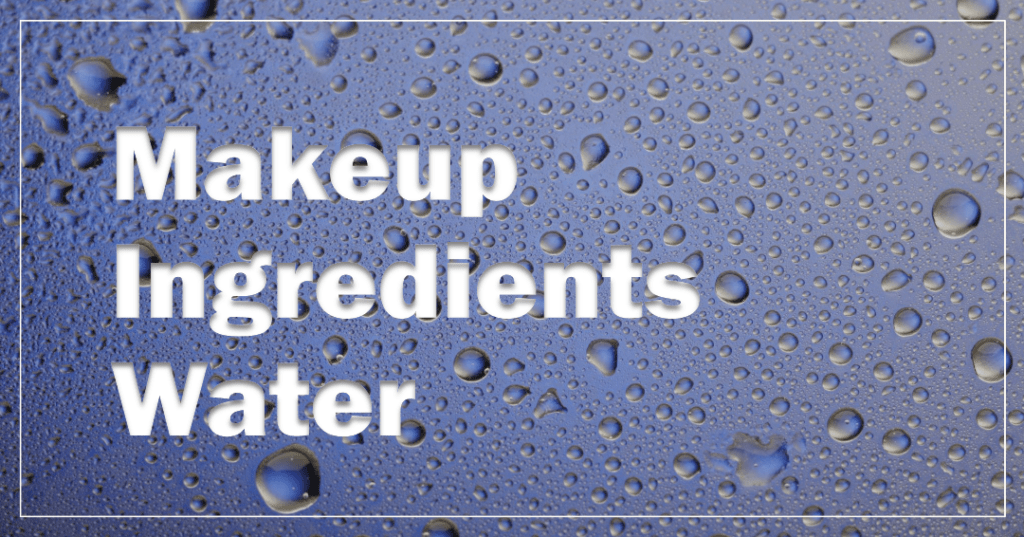
The Role of Water in Makeup Products
- Solvent: Blends oil and water-based ingredients, facilitating the application of products like foundations and mascaras.
- Texture Enhancer: Smoothes the consistency of lipsticks and eyeliners.
- Hydration: Adds moisture to BB creams and lotions, though its hydrating effects are usually minimal.
- Carrier: Delivers active ingredients deeper into the skin for better efficacy.
Makeup Ingredients No.2: Pigments
Pigments are essential in color cosmetics, giving your lipstick its ruby red hue or your eyeshadow its golden sparkle. These particles reflect and absorb light to create color and can be organic or inorganic.
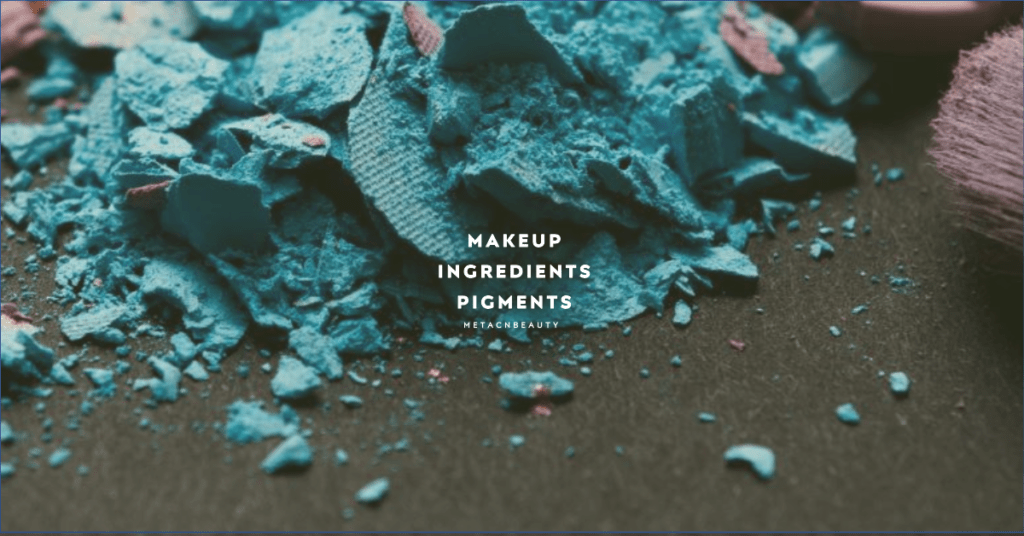
Types and Functions of Pigments
- Inorganic Pigments: Mineral-based and stable, used in long-lasting products like eyeliners and mineral foundations.
- Organic Pigments: Derived from plant and animal sources or synthesized in labs, found in lipsticks, blushes, and liquid foundations.
Why Pigments Are Used
- Foundations: For coverage and longevity.
- Eyeshadows: For blendability and finish.
- Lipsticks: For opacity and texture.
- BB Creams: For added UV protection.
- Blushes: For a natural look and easy blending.
Makeup Ingredients No.3: Fragrances
Fragrances add a sensory dimension to makeup, enhancing the user experience beyond just visual appeal. They can be natural, like essential oils, or synthetic, created in a lab.
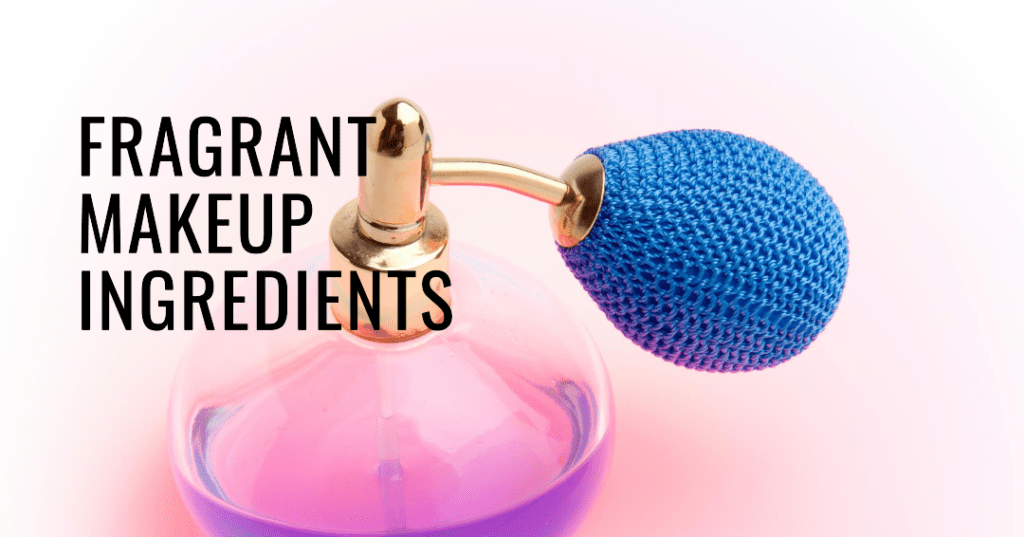
The Importance of Fragrances
- Masking Odors: Conceal unpleasant smells of other ingredients.
- User Experience: Elevate the overall experience with pleasant scents.
- Mood Enhancement: Scents like lavender or citrus can have calming or uplifting effects.
- Product Preservation: Some natural fragrances have antimicrobial properties, extending the product’s shelf life.
Makeup Ingredients No.4: Thickeners
Thickeners maintain the texture and viscosity of products, making them easier to apply and ensuring they last longer on the skin.
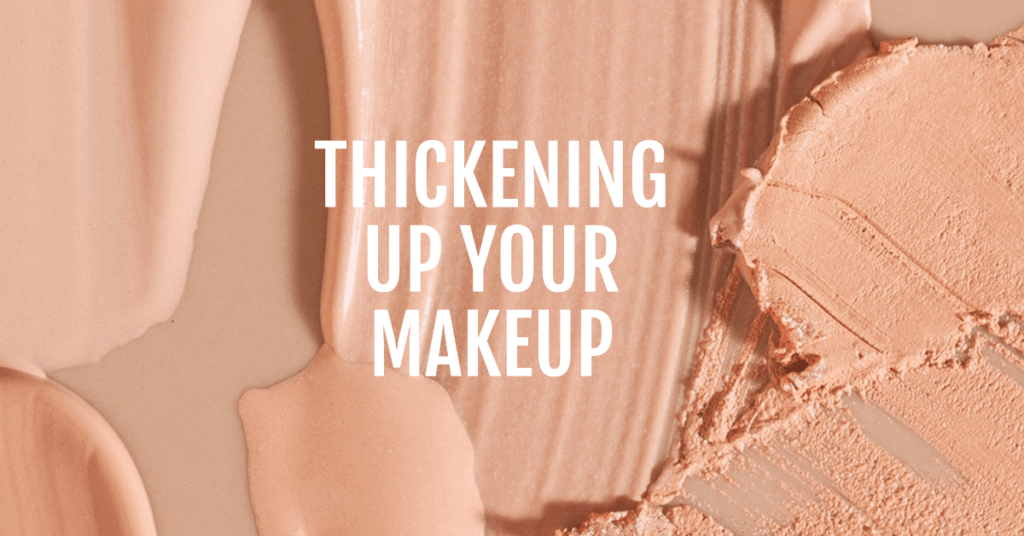
Functions of Thickeners
- Stability: Prevents formulas from separating.
- Ease of Application: Improves application accuracy.
- Longevity: Enhances staying power.
- Tactile Experience: Makes products feel luxurious.
- Better Dispersion: Distributes other ingredients evenly within the formula.
Makeup Ingredients No.5: Emulsifiers
Emulsifiers are crucial for blending oil and water-based ingredients, ensuring a stable and uniform mixture.
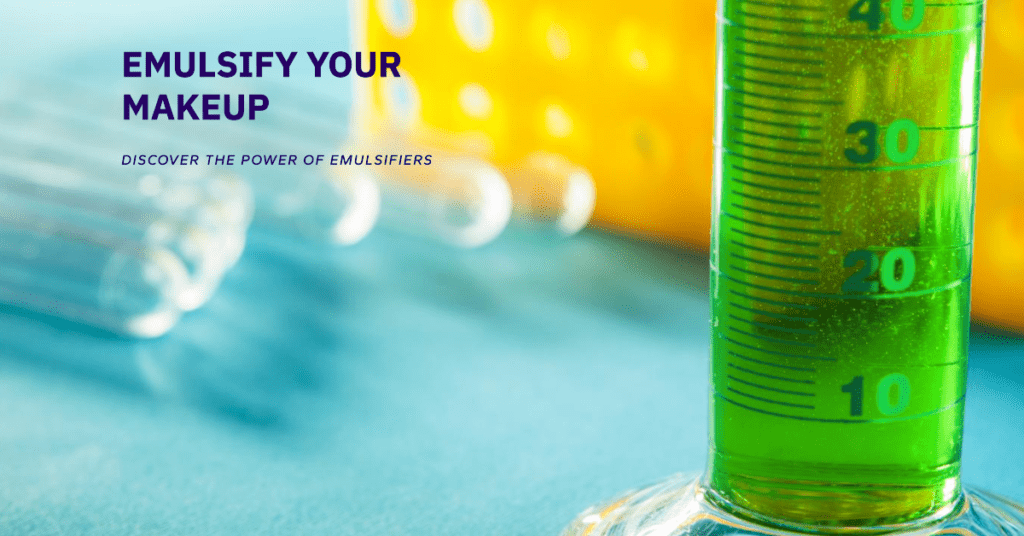
Benefits of Emulsifiers
- Stable Formulas: Prevents ingredient separation.
- Uniform Texture: Ensures smooth and consistent texture.
- Improved Absorption: Facilitates better absorption into the skin.
- Versatility: Allows for multifunctional products.
- Enhanced Shelf Life: Improves product longevity.
Makeup Ingredients No.6: Preservatives
Preservatives are essential for preventing the growth of bacteria, mold, and yeast in makeup products.
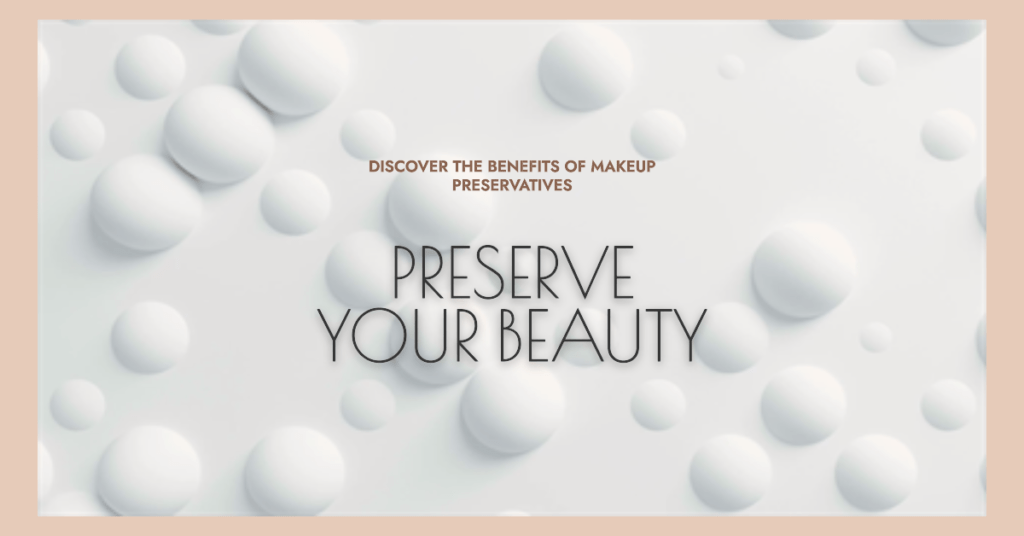
Roles of Preservatives
- Safety: Prevents microbial growth, reducing the risk of skin issues.
- Longevity: Extends product shelf life, saving you from frequent replacements.
Makeup Ingredients No.7:Emollients
Emollients soften and soothe the skin, enhancing the feel of makeup products.
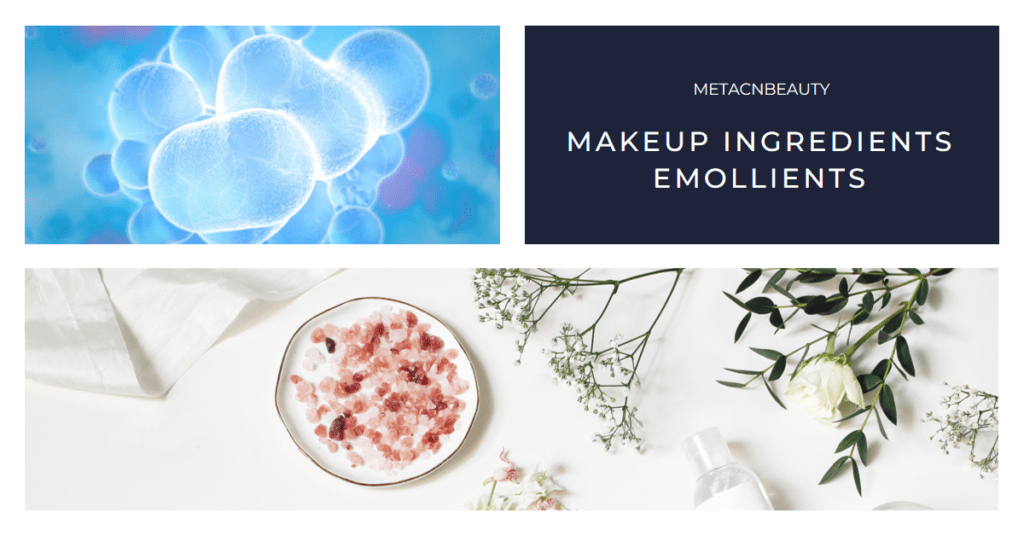
Functions of Emollients
- Skin Softening: Makes the skin feel smooth and supple.
- Barrier Function: Forms a protective layer to lock in moisture.
- Smooth Application: Helps cosmetics glide on effortlessly.
Makeup Ingredients No.8: Glimmer and Shine
Ingredients like mica and shimmering powders add sparkle and luminosity to makeup products.
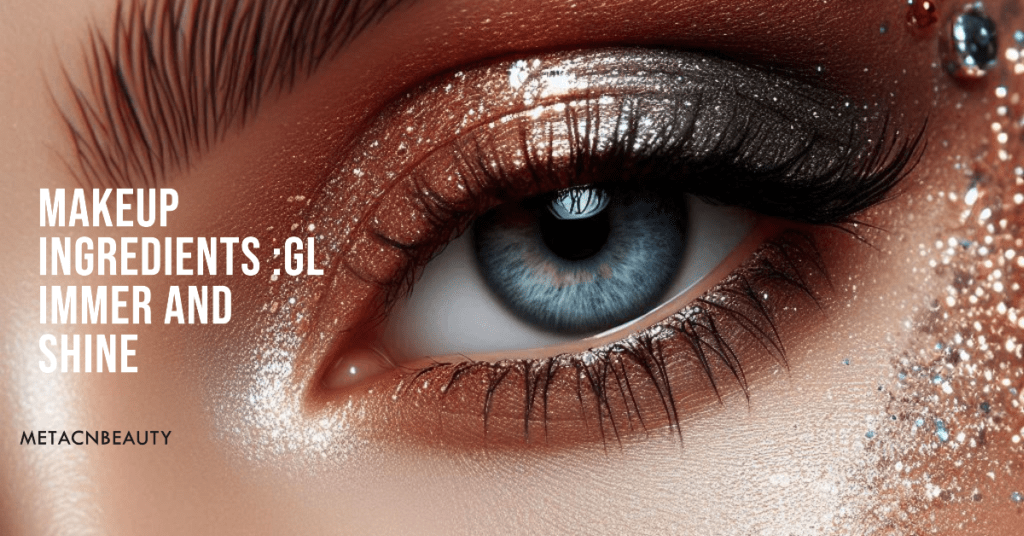
Benefits of Glimmer and Shine Ingredients
- Optical Enhancement: Alters how light interacts with the product, enhancing visual appeal.
- Versatility: Suitable for various products and looks.
- Photography: Reflective properties enhance makeup appearance in photos.
Top 5 Most Common Makeup Products and Their Ingredients
Understanding the Makeup ingredients in these products can help you make informed decisions about the cosmetics you use daily.
1. Lipstick
Lipstick is a complex blend of ingredients, each serving a unique function, from color and texture to longevity.
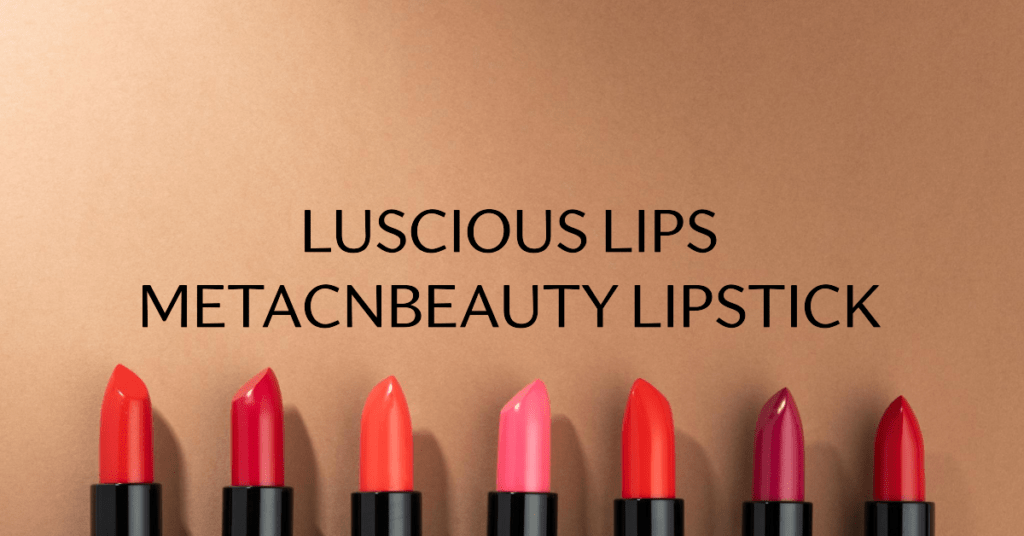
Core Ingredients and Their Functions
- Waxes: Provide structure and staying power.
- Oils: Offer moisture and shine, ensuring smooth application.
- Pigments: Deliver color, defining the shade and intensity.
- Emollients: Soften and protect lips.
- Preservatives: Extend shelf life.
Common Variants and Main Ingredients
- Matte: High in wax, low in oils.
- Glossy: High in oils, low in wax.
- Long-wear: Special polymers for lasting color.
- Moisturizing: Extra emollients for hydration.
- Natural: Made with organic or natural ingredients.
Check out different variants of lipstick with MetaCNBeauty Private label Lipstick Collection: here
2. Mascara
Mascara components provide color, durability, and volume.
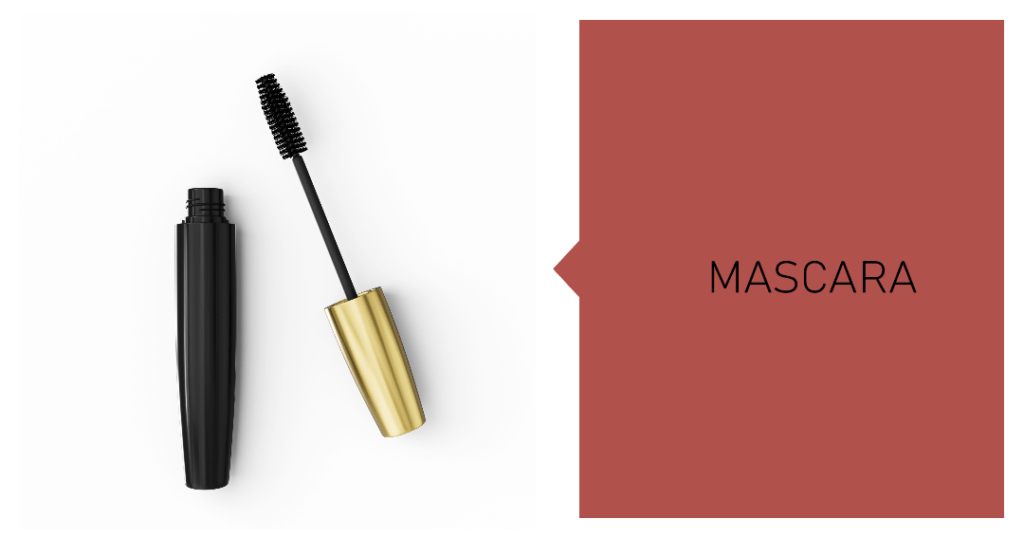
Core Ingredients and Their Functions
- Pigments: Provide color.
- Waxes: Help the formula adhere to lashes.
- Polymers: Ensure longevity and smudge resistance.
- Preservatives: Maintain product quality.
- Thickeners: Add volume.
Common Variants and Main Ingredients
- Waterproof: Specialized waxes and polymers for long-lasting wear.
- Volume-Boosting: Higher concentration of thickeners.
- Lengthening: Added fibers for longer lashes.
- Natural: Fewer synthetic components.
- Colored: Various pigments for bold hues.
Learn more different variants of Mascara with MetaCNBeauty Private label Mascara Collection:Here
3. Foundation
Foundation blends various ingredients for color, texture, and skin compatibility.
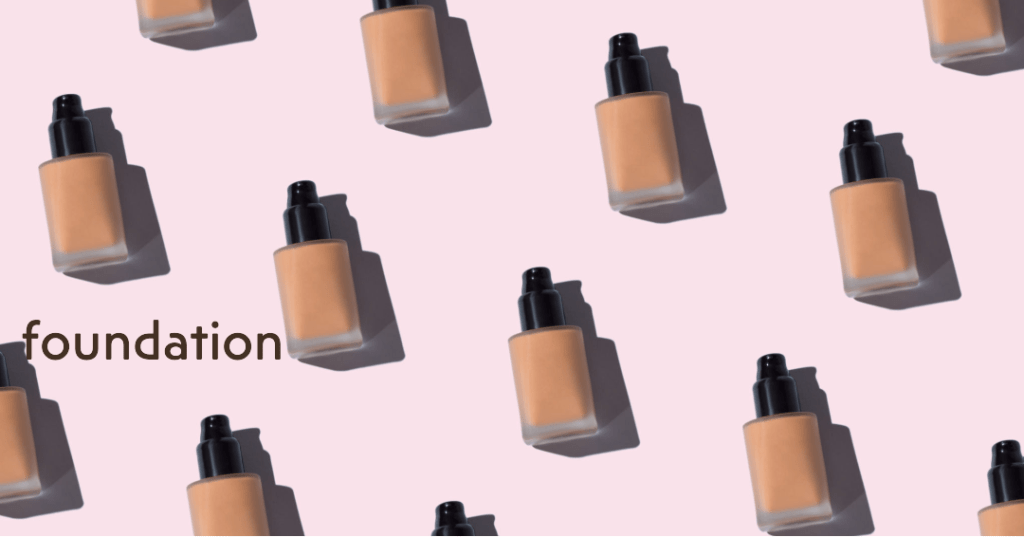
Core Ingredients and Their Functions
- Pigments: Offer shade and tone.
- Silicones or Oils: Provide smooth application and hydration.
- Emulsifiers: Blend oil and water components.
- Thickeners: Enhance viscosity for easier application.
- Preservatives: Extend product shelf life.
Common Variants and Main Ingredients
- Liquid: Water and silicones for a natural finish.
- Powder: Talc or mica for oil control and a matte look.
- Cream: Rich in oils for more coverage and moisture.
- Stick: Waxes and silicones for solid form and full coverage.
- Mineral: Mineral pigments and zinc oxide for sensitive skin.
Learn more different variants of Foundation with MetaCNBeauty Private label Foundation Collection:Here
4. Eyeshadow
Eyeshadow is a carefully formulated product, more than just pigmented powder or cream.
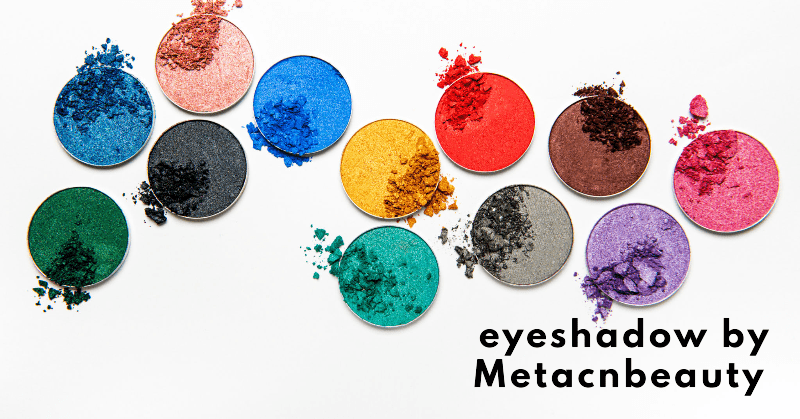
Core Ingredients and Their Functions
- Pigments: Provide color.
- Binders: Hold pigments together.
- Fillers: Ensure smooth texture.
- Preservatives: Prevent spoilage.
Common Variants and Main Ingredients
- Powder: Talc or mica for easy blending.
- Cream: Waxes and oils for a thicker finish.
- Pencil: Waxes for precise application.
Learn more different variants of Eyeshadow with MetaCNBeauty Private label Eyeshadow Collection:Here
5. Nail Polish
Nail polish is a complex mixture that ensures proper application, drying, and durability.
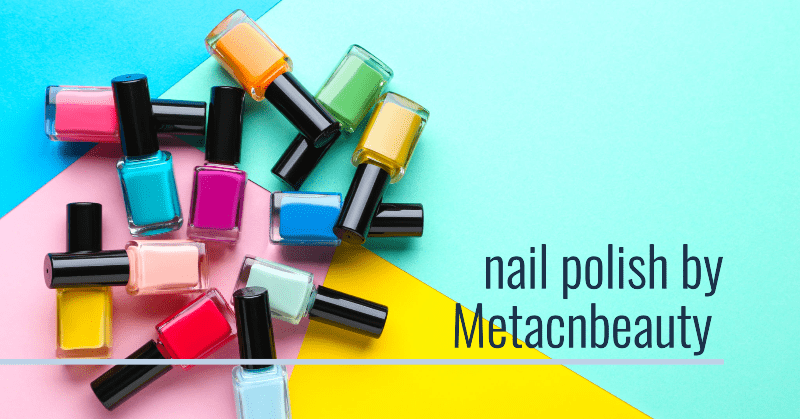
Core Ingredients and Their Functions
- Solvents: Keep the polish in liquid form.
- Film Formers: Help polish adhere to nails.
- Resins: Provide durability and gloss.
- Pigments: Add color.
Common Variants and Main Ingredients
- Regular: Ethyl acetate as the main solvent.
- Gel: Photoinitiators for UV curing.
- Water-Based: Water replaces organic solvents for less toxicity.
Learn more different variants of Nail Polish with MetaCNBeauty Private label Nail Polish Collection:Here
Conclusion: Embracing Ingredient Transparency
Ingredient transparency is more than a trend; it’s a necessity in the beauty industry. Consumers now demand to know exactly what’s in their products, and as a private label cosmetics manufacturer, we recognize the importance of meeting this demand.
By empowering you with knowledge about makeup ingredients, we enable you to make informed choices, enhancing the quality and personalization of beauty products to meet your expectations.
Learn More about other Cosmetic Ingredients : Here
FAQ
1. Why is it important to know the Makeup ingredients?
Understanding the Makeup ingredients helps you choose products that are better suited to your skin type, avoid potential allergens, and make more informed decisions about what you’re applying to your skin.
2. What are the benefits of water as a Makeup ingredients in makeup products?
Water acts as a solvent, helps blend oil and water-based ingredients, enhances texture, adds minimal hydration, and serves as a carrier for active ingredients.
3. Are pigments in makeup safe?
Yes, pigments used in makeup are generally safe. They can be either inorganic, which are mineral-based and stable, or organic, derived from natural or synthetic sources.
4. Why are fragrances added to makeup products?
Fragrances mask unpleasant odors, enhance user experience, can uplift or calm your mood, and some natural fragrances also have antimicrobial properties that extend the product’s shelf life.
5. How do preservatives benefit makeup products?
Preservatives prevent the growth of harmful microbes, ensuring the safety and longevity of the product.
6. What are the roles of emollients in makeup?
Emollients soften and soothe the skin, provide a protective barrier to lock in moisture, and ensure smooth application of the product.
7. Why are thickeners used in makeup?
Thickeners stabilize the formula, improve application accuracy, enhance staying power, and distribute other ingredients evenly within the product.
8. How do emulsifiers work in makeup products?
Emulsifiers blend oil and water-based ingredients, ensuring a stable and uniform mixture, which improves texture, absorption, and product longevity.
9. What makes glimmer and shine ingredients special in makeup?
These ingredients, like mica and shimmering powders, add sparkle and luminosity, enhancing visual appeal and improving how makeup appears in photographs.
10. How do I choose the right makeup products based on their ingredients?
Choose products based on your skin type, specific needs (like hydration or oil control), and any known sensitivities or allergies to certain ingredients. Ingredient transparency helps you make informed choices.
